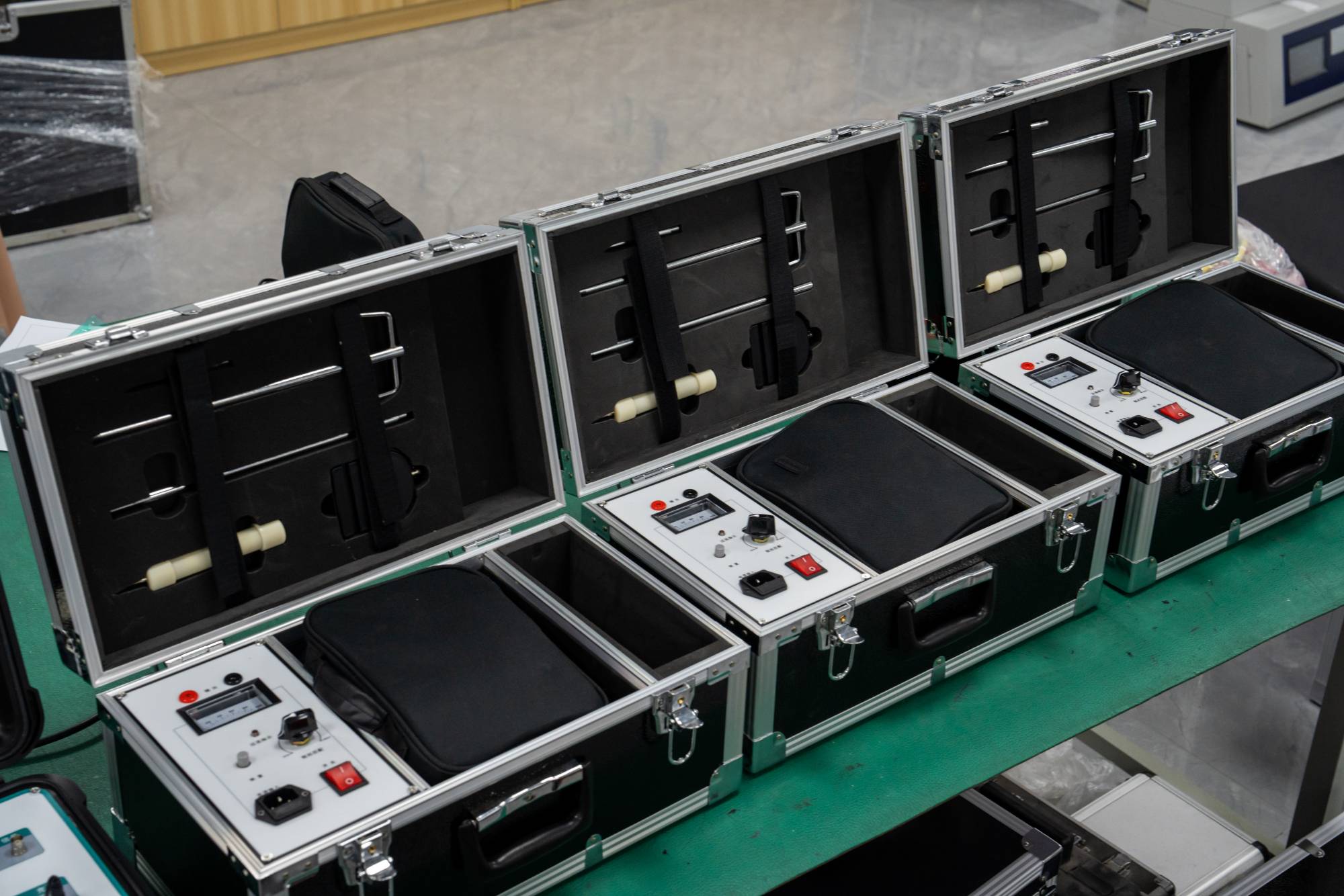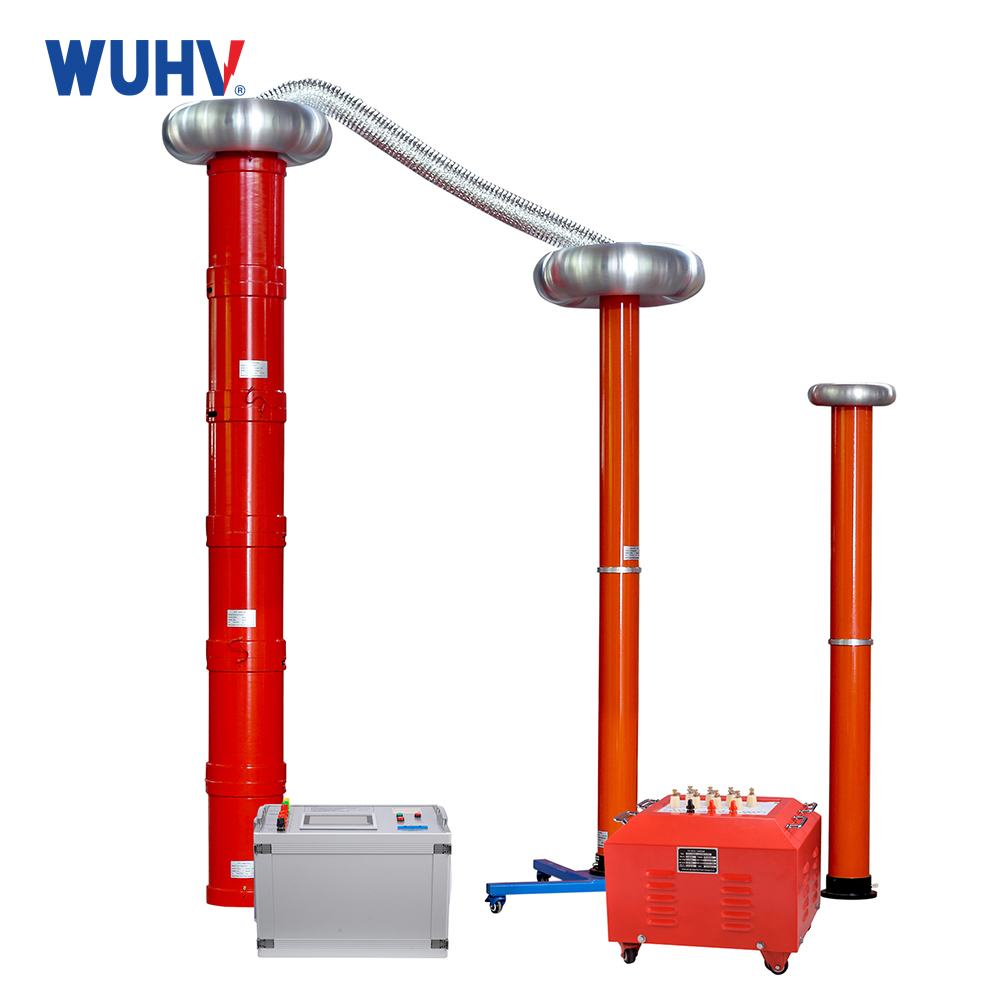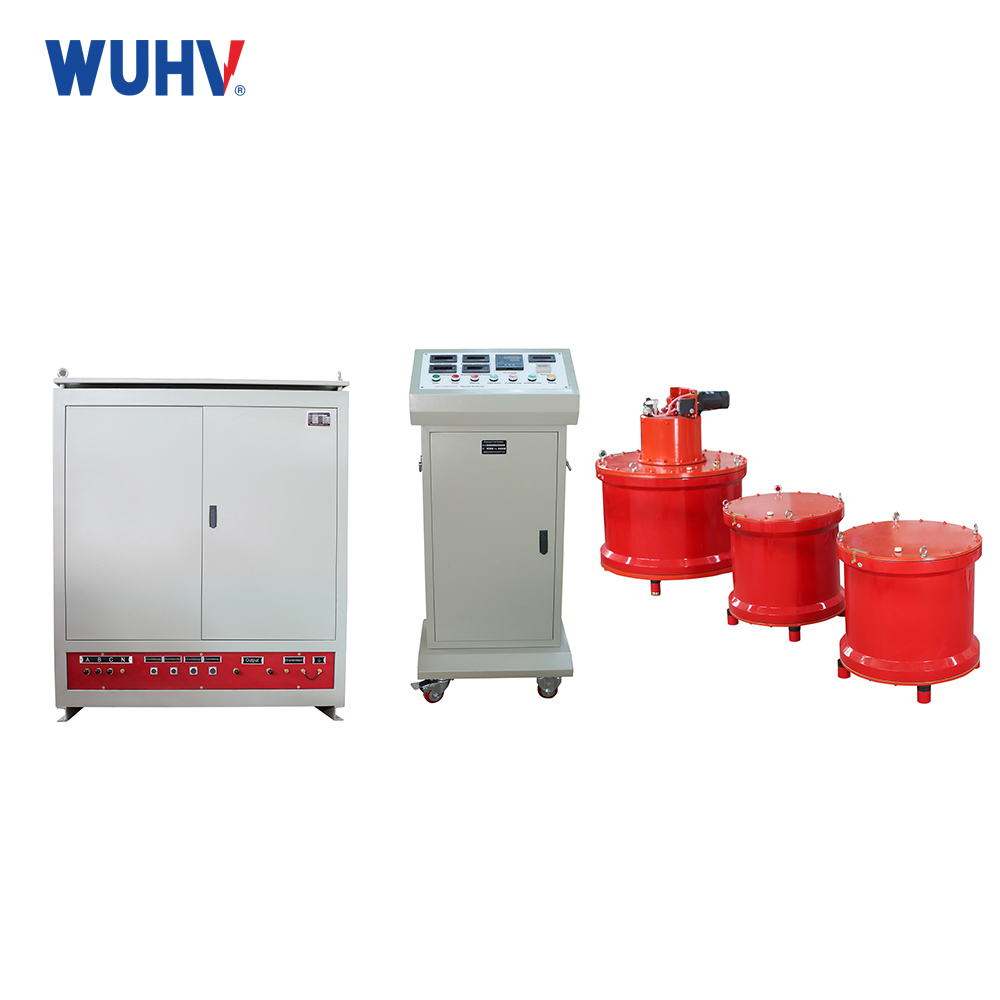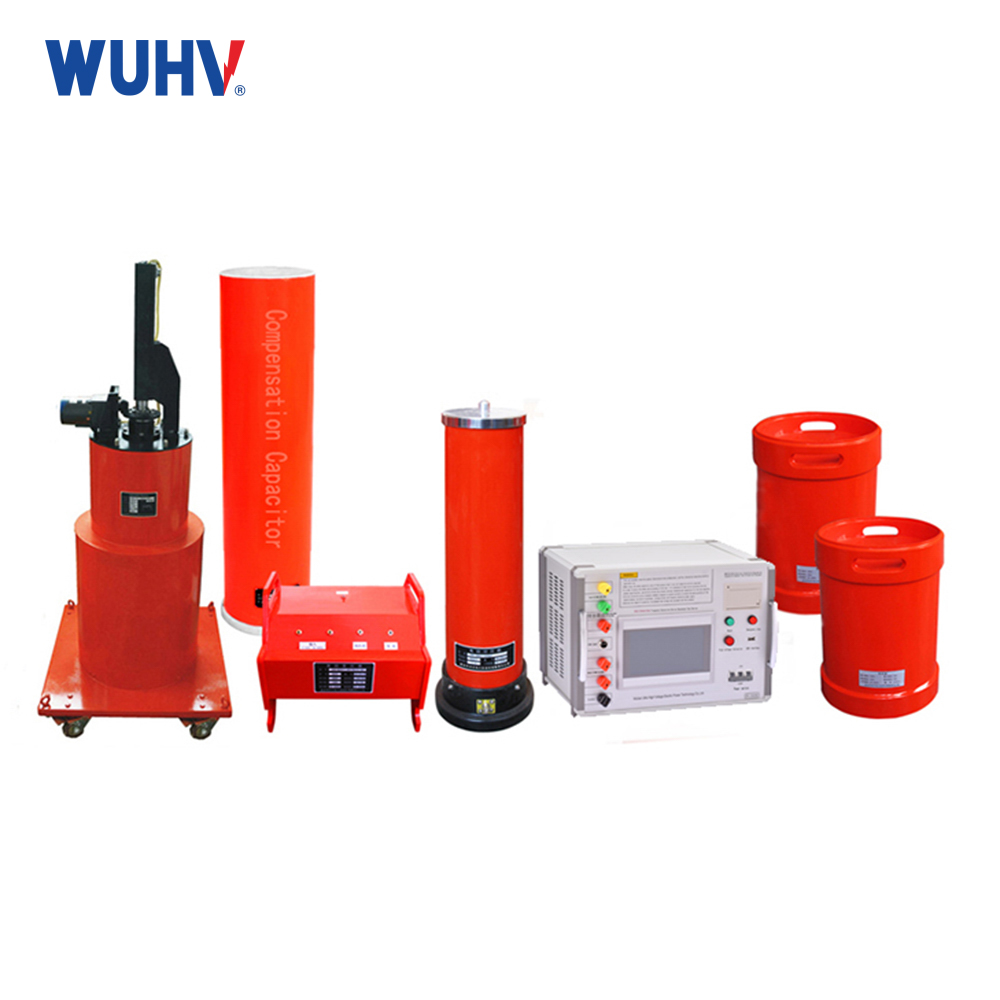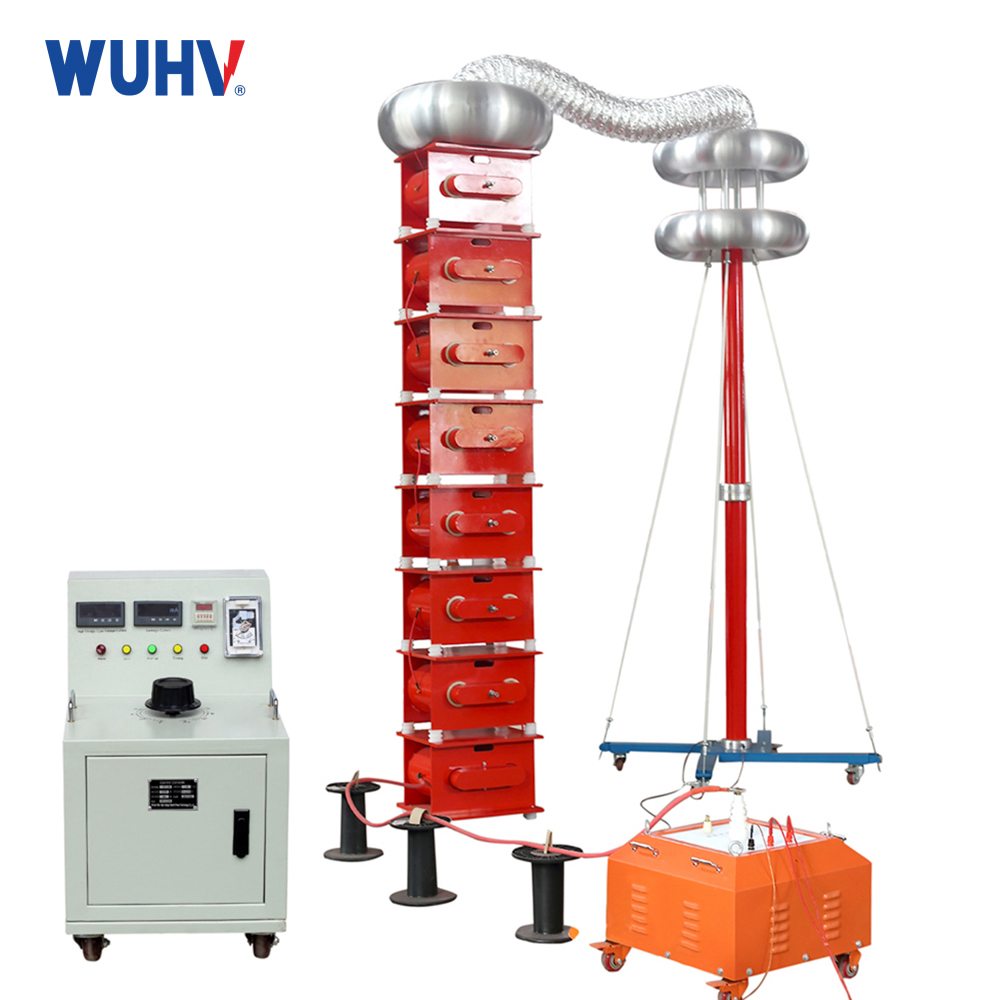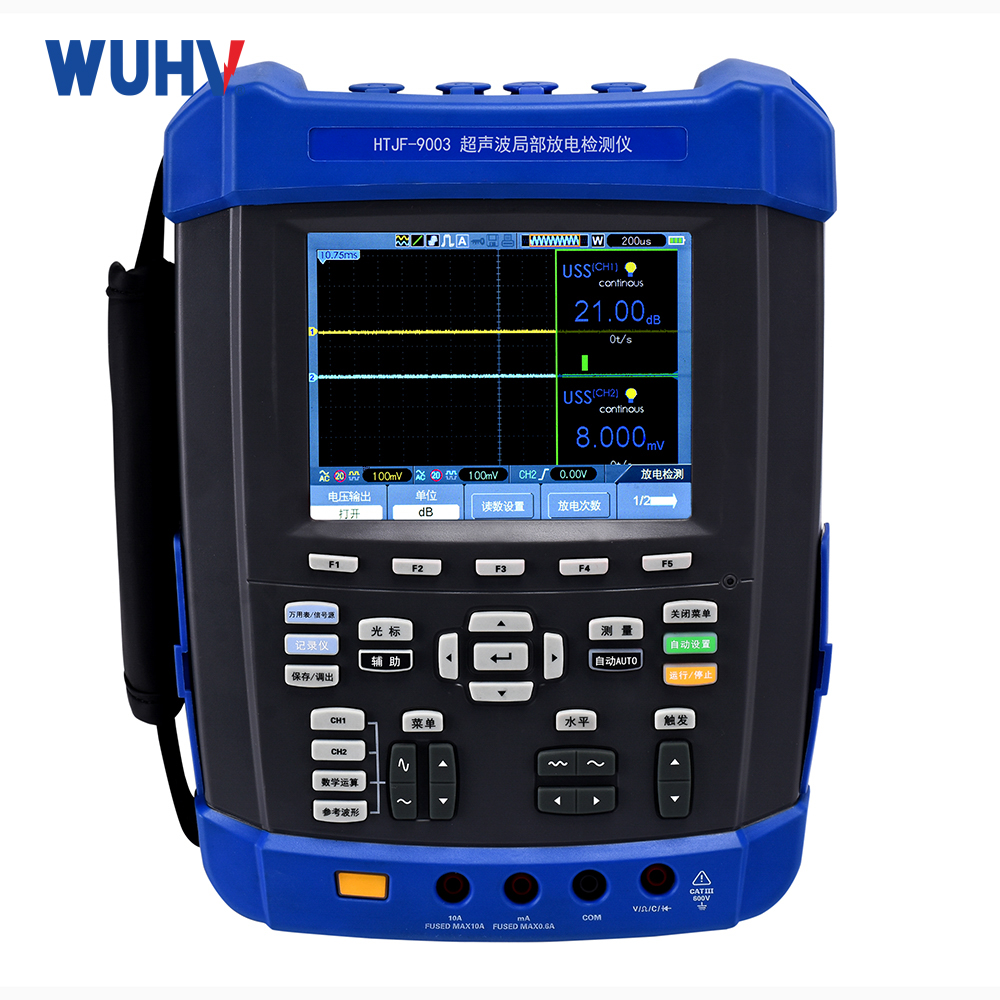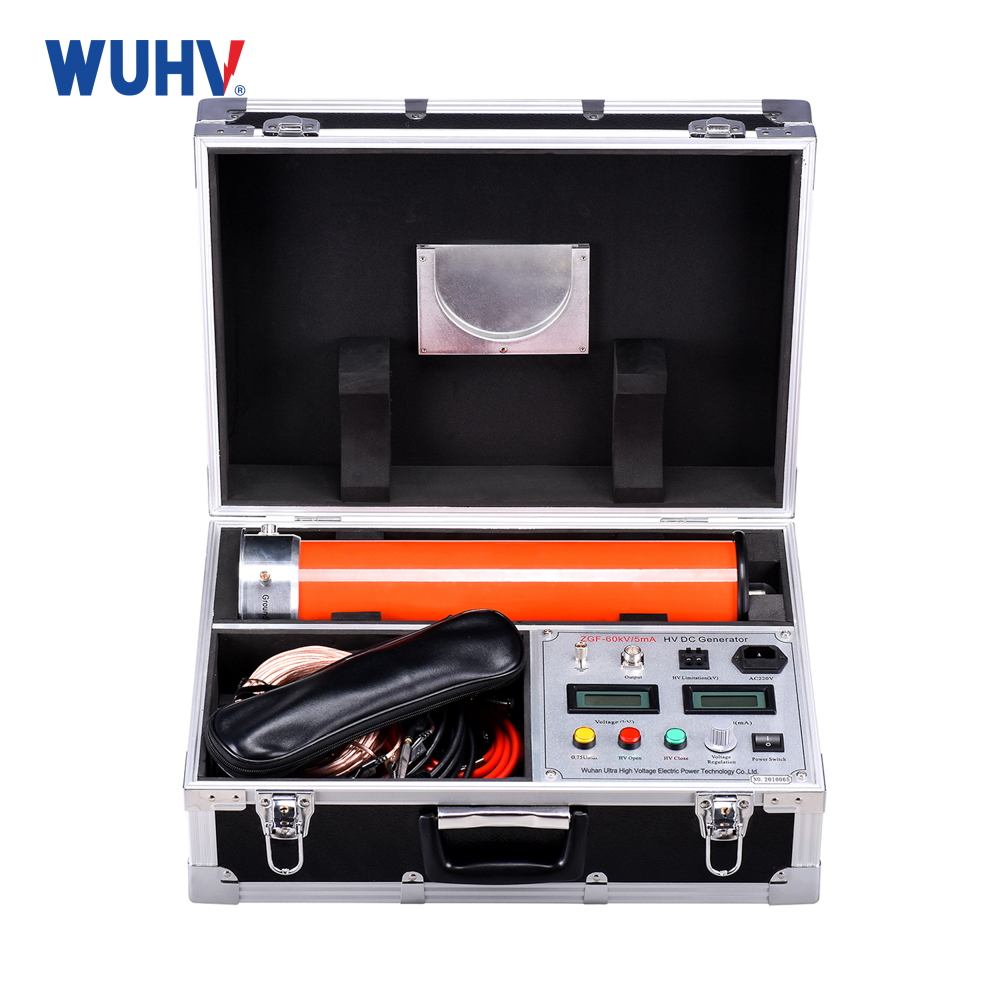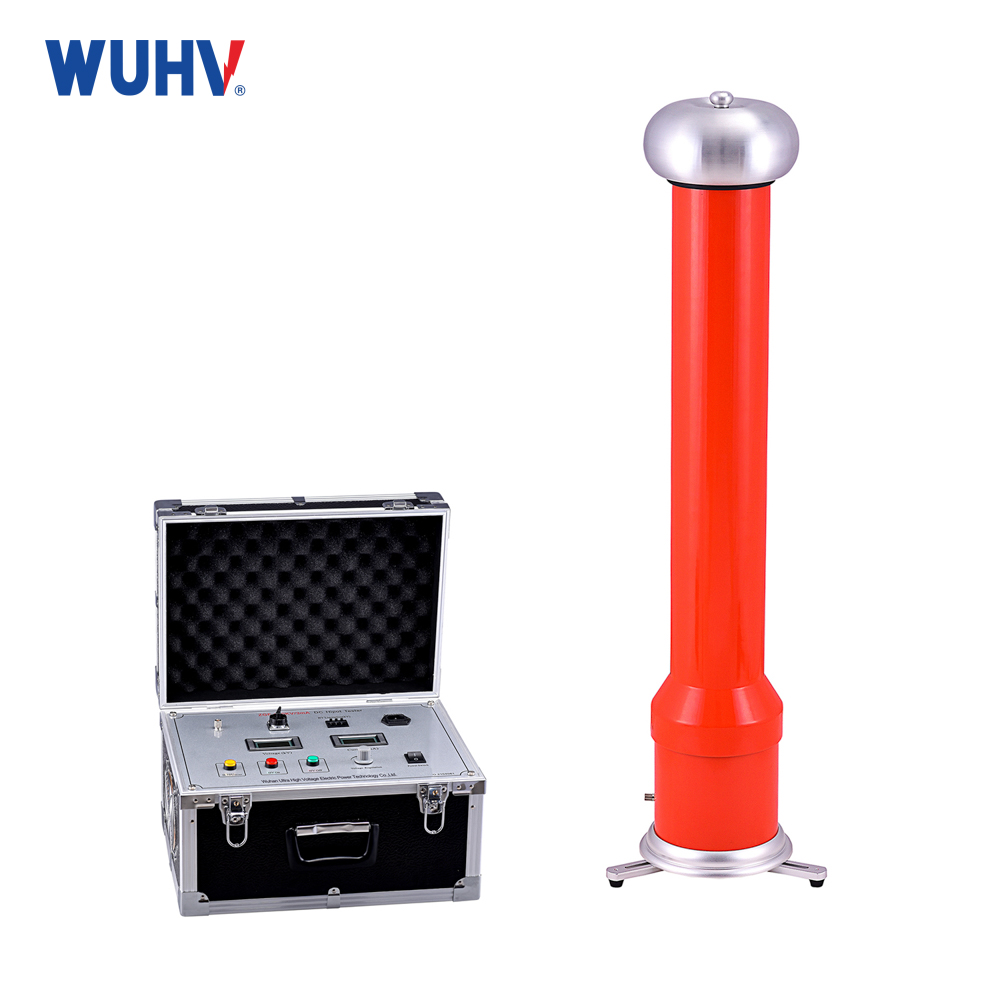The cable fault testerunder UHV power can help many power workers conduct various power tests more conveniently.
reason
1. External force damage. Based on operational analysis in recent years, especially in Shanghai Pudong where the economy is rapidly developing, a considerable number of cable failures are caused by mechanical damage.
2. Insulation is damp. This situation is also very common, usually occurring at cable joints buried directly or in ducts. For example, if the cable joint is not made properly or if the joint is made under humid weather conditions, it will cause water or steam to enter the joint. Over time, under the action of an electric field, water branches will form, gradually damaging the insulation strength of the cable and causing faults.
3. Chemical corrosion. Directly burying cables in areas with acidic or alkaline effects often causes corrosion of the cable's armor, lead sheath, or outer protective layer. The protective layer may fail due to long-term chemical or electrolytic corrosion, resulting in reduced insulation and cable failure. Chemical: The corrosion of the unit's cables is quite severe
4. Long term overload operation. Overload operation, due to the thermal effect of current, inevitably causes the conductor to heat up when the load current passes through the cable. At the same time, the skin effect of charges, eddy current loss of steel armor, and insulation medium loss also generate additional heat, thereby increasing the temperature of the cable.
5. Cable joint malfunction. Cable joints are the weakest link in cable lines, and cable joint failures often occur due to direct human error (poor construction). During the process of making cable joints, if there are reasons such as loose crimping or insufficient heating, the insulation of the cable head may decrease, leading to accidents.
6. Environment and temperature. The external environment and heat sources in which cables are located can also cause high cable temperatures, insulation breakdown, and even explosions and fires.
Common faults
Common faults in cable lines include mechanical damage, insulation damage, insulation moisture, insulation aging and deterioration, overvoltage, cable overheating, etc. When the above-mentioned faults occur in the circuit, the power supply of the faulty cable should be cut off, the fault point should be found, the fault should be inspected and analyzed, and then repaired and tested. The cut should be removed, and the power supply can only be restored after the fault is eliminated.
The most direct cause of cable failure is insulation degradation and breakdown.
The main ones are:
a、 Overloaded operation. Long term overload operation will cause cable temperature to rise, insulation aging, resulting in insulation breakdown and reduced construction quality.
b、 In terms of electrical aspects, the construction process of cable heads does not meet the requirements, the sealing of cable heads is poor, moisture enters the interior of the cable, and the insulation performance of the cable decreases; Failure to take protective measures during cable laying resulted in damage to the protective layer and decreased insulation.
c、 In terms of civil engineering, there are issues such as poor drainage in well trenches, long-term immersion of cables in water, and damage to insulation strength; The manhole is too small, the bending radius of the cable is not sufficient, and it has been damaged by external pressure for a long time. Mainly due to mechanical rough construction in municipal construction, which damages and breaks cables.
d、 Corrosion. The protective layer has been subjected to chemical corrosion or cable corrosion for a long time, resulting in the failure of the protective layer and a decrease in insulation.
e、 The poor quality of the cable itself or cable head accessories, poor sealing of the cable head, dissolution and cracking of the insulation glue, and the resonance phenomenon that occurs in the station are caused by line breakage faults, which result in the formation of a resonant circuit between the phase capacitance and ground capacitance of the line and the excitation inductance of the distribution transformer, thereby exciting ferromagnetic resonance.
The harm of resonance caused by wire breakage fault
In severe cases, the superposition of high-frequency and fundamental frequency resonance can cause the overvoltage amplitude to reach 2 times the phase voltage [P]. 5 times, it may cause neutral point displacement in the system, overvoltage in windings and wires, and in severe cases, insulation flashover, lightning arrester explosion, and electrical equipment damage. In some cases, the phase sequence of the load transformer may reverse, and overvoltage may also be transmitted to the low voltage side of the transformer, causing harm.
The main measures to prevent overvoltage caused by wire breakage resonance are:
(1) Do not use fuses to avoid non full phase operation.
(2) Strengthen the inspection and maintenance of the line to prevent the occurrence of wire breakage.
(3) Do not hang the no-load transformer on the line for a long time.
(4) Adopt ring network or dual power supply for power supply.
(5) Add phase to phase capacitors on the transformer side.
(6) Using transformers with good excitation characteristics can help reduce the probability of overvoltage caused by wire breakage.


